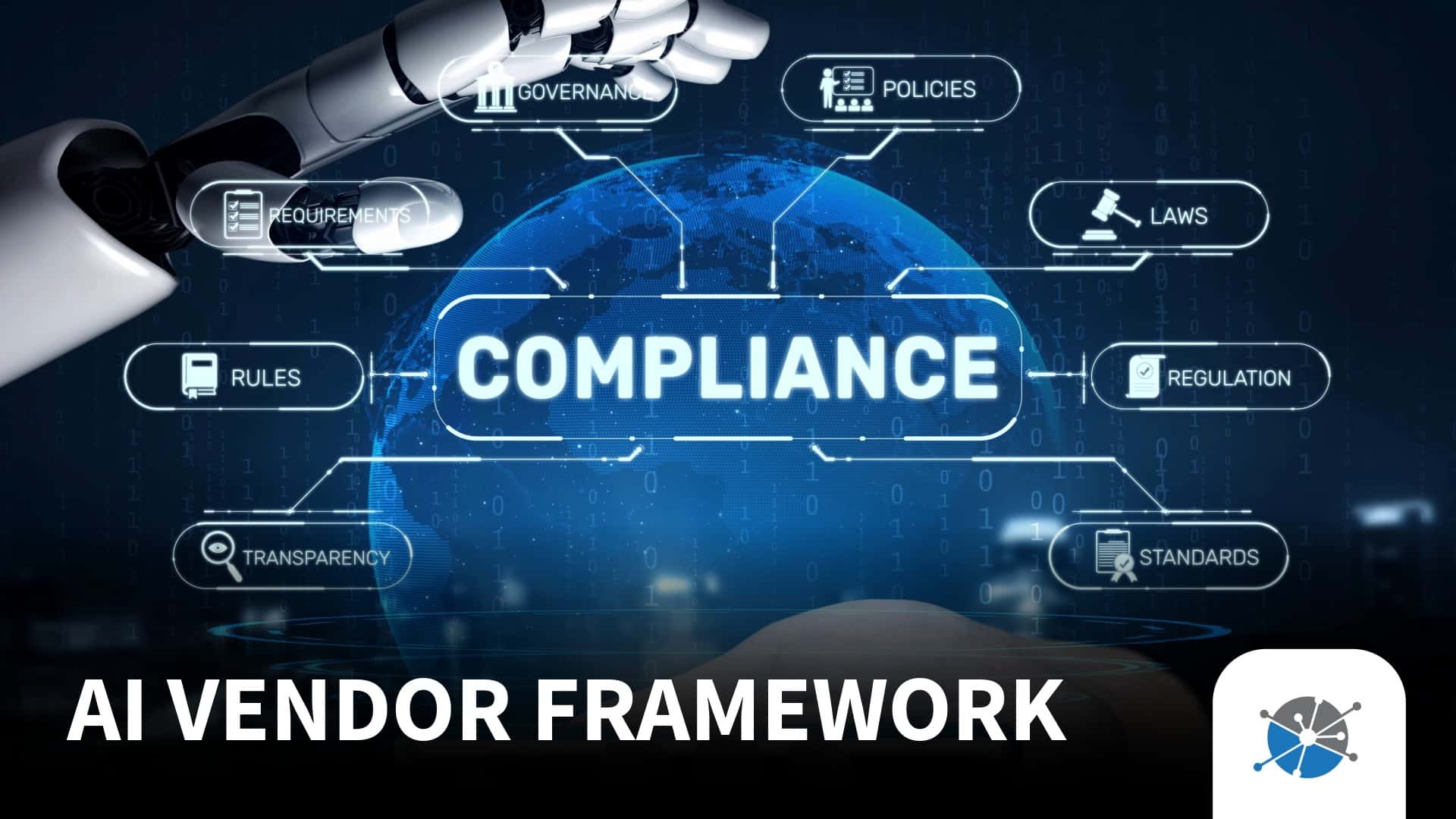
Central Portfolio Control Shares the Business Benefits of Social Media
Recently, the Central Portfolio Control executive team attended the 2020 RMAI Annual Conference and learned more about how social media can be an important business tool for the receivables industry. While social media may not directly increase collections, having active social media channels can help with reputation management, brand defense, search engine optimization, employee engagement, and consumer education.
Social Media Can Help Your Business’ Online Brand
Your online reputation has a big impact on how others perceive your business. Social media can be a powerful tool when building a strong brand identity and dominating your company’s online search results through search engine optimization (SEO). Online reputation management is about managing negative reviews and pushing damaging or hurtful content further down the SERP, or search engine results page; this is accomplished through executing an effective SEO strategy. When online users type keywords (search words) into the search engine, results are ranked and displayed. In the bid to gain and maintain control of your online brand reputation, your business wants the most positive SERP results to be the very first ones that an online user sees. Complete social media profiles give you greater searchability and visibility while improving your local SEO, increasing brand recognition and authority, and defending your brand.
Choosing the Proper Social Media Channels
Facebook can be used for personal profiles or company pages. You can post content and allow employees and others to like, comment, and share your posts. Facebook is more informal and has a higher usage among employees of all levels.
LinkedIn is a tremendous professional network with personal and business profiles. You can create posts that can be easily shared with your business network. Advanced tools also assist with lead prospecting, networking, and display advertising based on company type and title.
YouTube is a powerful tool that can be used to create videos about your business, products, or services that can be watched from any device with a web browser. Consumers have moved more toward interaction with video content, and YouTube can help to make that possible for your business.
Twitter is a popular microblogging site where you can post messages, articles, pictures, videos, and more. It can be a powerful SEO tool, but with fewer users who are relevant to the industry. However, it can be a great listening post for consumers, regulators, company press, and more.
Setting up a Social Media Plan
Setting up a social media plan can sound intimidating, but social media for businesses is simpler than it sounds. While there is no magic formula on how often to post, the key is to share as often as you have relevant content. First, determine the voice of your brand, which is the attitude and values of your brand, and your target audience(s). With this in mind, creating a posting plan will simplify when and what your business will share. Of course, some things can drive more positive results with your company’s SERP, such as sharing links from your company’s website. This will drive traffic back to your website and boost your SEO. When setting up your posting plan, keep in mind that the secret to success is content that is relevant to your audience.
What to Share?
About Your Company- Share your company’s news, press releases, announcements, and blog posts. Sharing this information can be as easy as creating an original post (including an image will help engagement and define your brand identity) or sharing original content. When your company creates original blog posts, share them on your social media. Look for topics that are relevant to your audience such as web accessibility, building an engaged workforce, and community involvement.
The Industry- Sharing relevant industry news can be helpful to your employees and partners. Associations such as Receivables Management Association International, or RMAI, and ACA International post articles and announcements that are shareable on social media. If you have a relationship with attorneys in the industry, check their blogs and social media profiles for appropriate press releases and articles about legislation and rulings. Share information by clicking the share/retweet button on a social media post or by copying the URL from the press release or article directly into your post. Just remember to be kind and give credit to the organization that shared it.
For Consumers- Help your consumers by posting content from reputable sources that appeals to and help consumers. Increasing financial literacy, understanding credit scores, and information on budgeting, saving, and investing are topics of great interest and importance to consumers. Videos about your company and how-to videos are great content to help consumers. For example, Central Portfolio Control’s Payment Options YouTube video gives consumers easy access to important information through a popular and easy-to-use platform.
Is Social Media Right for My Company?
RMAI Tech Lounge Presenter Adam Parks, founder of Branding Arc and President-Elect of RMAI, answers this with a yes, but that every business needs to find the right social media mix for them. Think about who you want to engage and what you want to achieve while selecting the social channels you want to use; then, take control of your brand. However, an inactive channel is worse than no channel at all. Commit to posting relevant content regularly if you want to get value from social media.
Presenter Adam Parks also shared that reputation management, brand defense, search engine optimization, employee engagement, and consumer education are all benefits of using social media, but keep in mind that content is king. Generating your own original content about your business in the form of blog posts can be very valuable. If you don’t have original content to share or if you are interested in developing an SEO strategy or creating social media profiles/a posting plan, you can contact an industry marketing company such as Mr. Parks’ Branding Arc whose team are experienced experts within the receivables industry and the unique challenges that businesses face.
Follow Us on Social Media
Did you find this article helpful? Follow Central Portfolio Control on social media for more! Simply like, connect, subscribe, and follow us on Facebook, LinkedIn, Twitter, and YouTube to stay informed of our latest news and content.
About Central Portfolio Control
Central Portfolio Control, or CPC, is a full-service and nationally licensed collection agency focused on the recovery of distressed accounts receivable. CPC manages accounts on behalf of creditor clients while maintaining the highest ethical and legal standards. Central Portfolio Control is a consumer-focused organization that employs high-quality professionals to implement proven processes of compliant collection and recovery, delivering exceptional customer service and bottom-line results. The Company was founded in 1998 and is headquartered in Minnetonka, MN.
This article courtesy of Central Portfolio Control.







